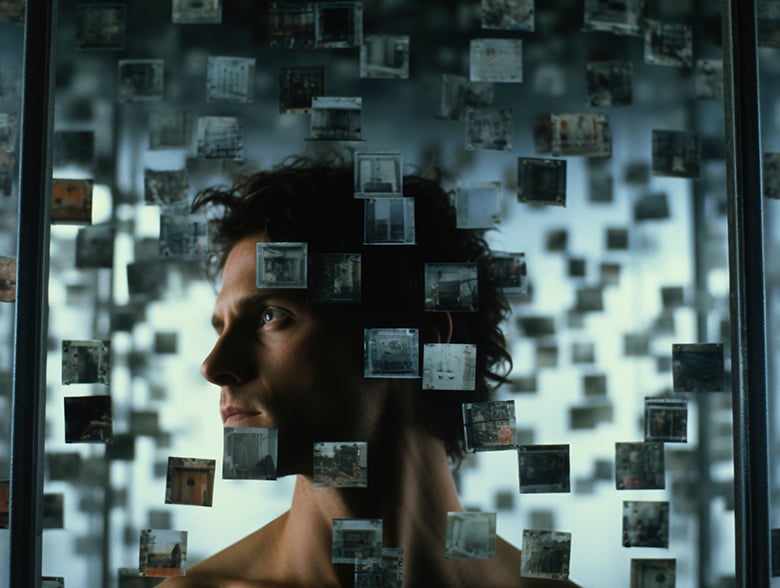Deepfakes: How Realistic Fakes Threaten Trust and What We Can Do About It

In today's digital landscape, discerning fact from fiction is becoming increasingly challenging. The rise of deepfake technology – AI-powered tools capable of creating incredibly realistic but entirely fabricated videos and audio – has amplified this challenge, presenting both unprecedented opportunities and serious risks to individuals, businesses, and society as a whole.
What are Deepfakes? Deepfakes leverage sophisticated machine learning algorithms, particularly generative adversarial networks (GANs), to manipulate or generate visual and audio content. They can seamlessly swap faces, alter speech patterns, and even create entirely synthetic individuals who never existed. While initially a novelty, deepfake technology has rapidly advanced, making it increasingly difficult to detect these fakes with the naked eye.
The Risks are Real and Growing The potential for misuse is vast. Deepfakes can be employed to:
- Damage Reputations: Fabricated videos can portray individuals saying or doing things they never did, causing irreparable harm to their personal and professional lives.
- Spread Disinformation: Deepfakes can be weaponized to manipulate public opinion, influence elections, and sow discord by disseminating false narratives.
- Financial Fraud: Deepfake audio can be used to impersonate executives and authorize fraudulent transactions, leading to significant financial losses.
- Political Instability: Convincing deepfakes of political leaders could trigger international crises or destabilize governments.
- Erosion of Trust: The widespread use of deepfakes can erode public trust in media, institutions, and even interpersonal relationships – if we can’t believe what we see and hear, what can we trust?
Responding to the Deepfake Challenge While the risks are significant, it’s not all doom and gloom. Researchers, technologists, and policymakers are actively working on solutions:
- Detection Technologies: AI-powered tools are being developed to detect deepfakes by analyzing subtle inconsistencies in videos and audio, such as unnatural blinking patterns or vocal anomalies.
- Blockchain Verification: Blockchain technology can be used to verify the authenticity of digital content by creating a tamper-proof record of its creation and modification history.
- Media Literacy Education: Educating the public about deepfakes and how to critically evaluate online information is crucial. This includes teaching people to be skeptical of what they see and hear, and to verify information from multiple sources.
- Legal and Regulatory Frameworks: Governments are exploring legal frameworks to address the creation and dissemination of malicious deepfakes, balancing freedom of speech with the need to protect individuals and institutions.
- Industry Collaboration: Social media platforms and tech companies are working to develop and implement policies to detect and remove deepfakes from their platforms.
The Future of Deepfakes Deepfake technology is likely to become even more sophisticated in the years to come, making detection increasingly difficult. However, by combining technological advancements, media literacy initiatives, and robust legal frameworks, we can mitigate the risks and harness the potential benefits of this powerful technology. The key is to stay informed, be critical, and demand accountability from those who create and share digital content. The fight against deepfakes is not just a technological challenge; it's a societal imperative to preserve truth and trust in the digital age.






